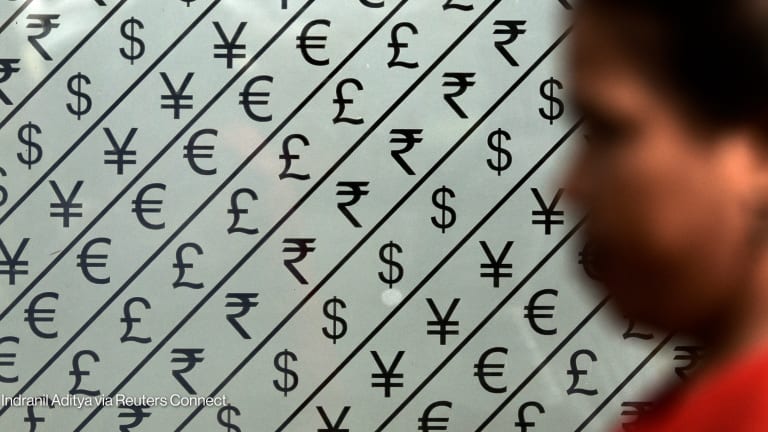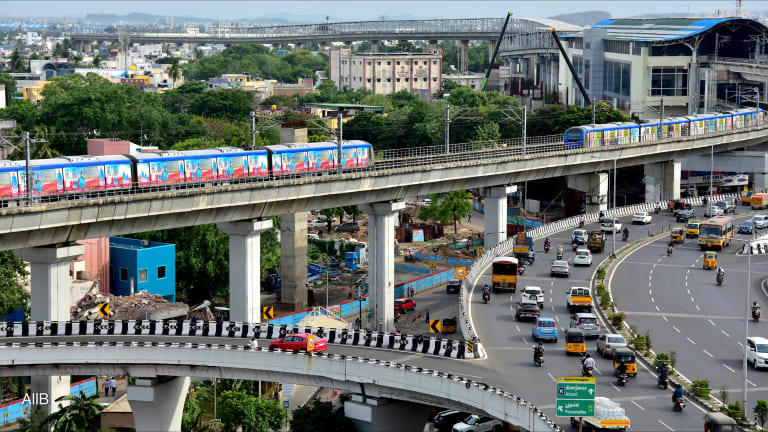
Enrique Peñalosa, mayor of Bogotá, once said that a developed country is not a country where the poor people have cars — it’s where the rich openly use public transportation.
Transport has become a major development issue in recent years, particularly in Asia-Pacific, where booming economies don’t always come with modern mass transit systems, and in some cases there’s not any at all. So how can we make (or create) sustainable, inclusive and efficient public transport for the region?
While governments bear the bigger responsibility in spearheading projects like roads, the Asian Development Bank predicts that the private sectors and multilateral institutions will also play a leading role.
“Financing sustainable transport projects should be part of a strategic investment plan that not only taps public funds, which could already be strained, but should also include financing from the private sector and development institutions,” Jamie Leather, ADB’s principal transport specialist, noted in a live online chat attended by Devex.
He added that “when done right, transport can contribute to poverty alleviation by increasing economic opportunities through access to markets and providing mobility to people that allows them to reach basic services such as schools and health centers.”
Transport and infrastructure development is possibly Asia-Pacific’s top development priority — and not just now that the region needs at least $800 billion a year in infrastructure investment to meet current needs. Since ADB was established in 1966, investment in upgrading transport systems has reached $35.6 billion.
Some of the discussion points to the perceived dilemma include the process to accommodate the sizeable demand for transport development — as economic growth continues to increase — while reducing negative effects like pollution and carbon emissions closely linked to climate change.
“Most in developing Asia still buy into the idea that owning a private vehicle is part of having an increased income,” Leather said. “The concept of ‘green’ is fairly new in the region and those in governments or implementing agencies are not so well-equipped to apply sustainability principles.”
More clarity
ADB’s top transport official acknowledged that transport is a big problem in the region, saying that it “faces a web of issues that need a strategic solution,” while stressing the need to clarify how sustainability is defined so it can function and operate seamlessly in transport projects.
“To say whether transport is sustainable or not is not only a matter of fuel used or the resulting emissions,” Leather said. “Sustainable transport is about safe, accessible, environment-friendly and affordable transport systems.”
ADB currently implements a guiding document on transport sector assistance as well as a framework called the Sustainable Transport Appraisal Rating to assess level of sustainability — including economic, social and environmental aspects — in the bank’s various transport projects.
Leather also noted that despite the proliferation of innovation in the transport industry including electric vehicles and zero-emission machineries, “there is still a strong need for rural roads to access far-flung communities.”
The Manila-based development bank will slowly shift its focus on transport projects from road investments to more urban transport programs. While roads will still comprise bulk of ADB’s transport investments at 42 percent, future transport projects will focus on sustainability, rehabilitation and asset management.
“It is our goal to launch a working paper on climate proofing investment in the sector [in September],” Leather said.
A multilateral development bank working group on sustainable transport was also set up in 2012 and it is expected to provide $175 billion in loans and grants for transport projects in developing countries in the next decade ($101 trillion needed by 2030). The group is comprised of eight leading MDBs, including the World Bank, ADB, the African Development Bank and the European Investment Bank, to name a few.
Read more development aid news online, and subscribe to The Development Newswire to receive top international development headlines from the world’s leading donors, news sources and opinion leaders — emailed to you FREE every business day.








